
B C Bose

Showing all 7 books

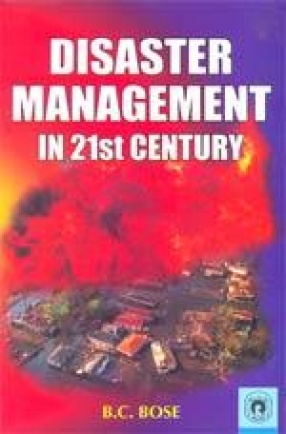

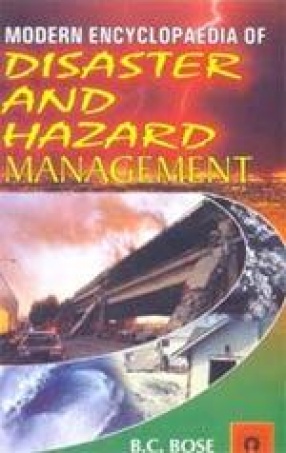
In fact, disasters are followed by a great loss of livers, property, environment and physical infrastructure, basically hazards and disasters can be classified in two categories –natural manmade. The occurrence of Natural disasters like floods, earthquake, tsunami, tornado, landslides, drought, etc. cannot be prevented while manmade disasters can be avoided by meticulous planning and precautions. With population-explosion, urbanization and other commercial ...

A disaster is defined as a serious disruption of the functioning of society, causing widespread human, material or environmental losses which exceed the ability of affected society to cope on its own resources. In fact, this clearly implies that the poor people/society are the most vulnerable to hazards/disasters as they posses fewer resources and have very limited capacity to prevent or cope with the impacts. No doubts, the sheer scope of the social and economic ...
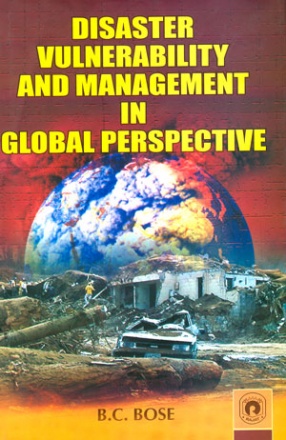
It is well known fact the man and disasters have had long association. Since very old times man have been experiencing natural disasters. In fact disaster vulnerability is a common phenomenon. Apart from natural disasters, in recent times man-made disasters have caused threat to man and environment. Overuse and abuse of natural resources have brought in this position. This book presents disaster vulnerability and mitigation categorically in global perspective.
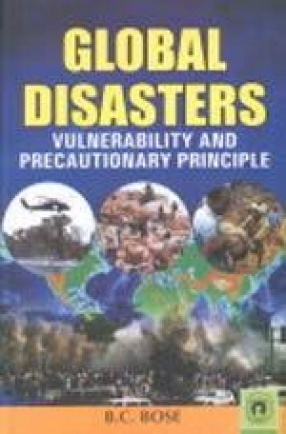
The entire globe is vulnerable to disastersman--made or natural. Recent earthquake is Pakistan and India (2005); tsunami in Indonesia, Malaysia, India and Sri Lanka; Katerina in USA etc., have been frequently reminding us that we are vulnerable to disasters every time, everywhere. Going to back, hurricane Mitch wrought fearful damage across Central American states in just 48 hours. World Disasters Report explores the ways environmental change and human ...

Man is facing the havoc of natural disasters since the dawn of human civilisation on our planet earth. Earthquakes, floods, landslides, wildfire, cyclones, tornado, avalanche etc. were the earliest forms of natural disasters. With the development of civilisation, man learnt the disaster management techniques. Now man has made tremendous and extraordinary achievements in the field of science and technology. Though disasters cannot be prevented yet the loss caused ...
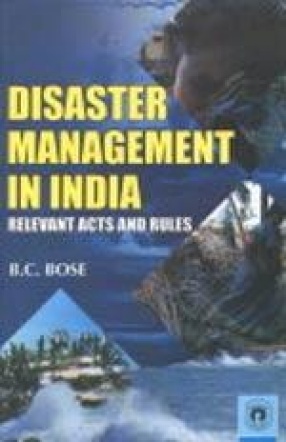
Indian sub-continent falls within a geographic area where natural calamities are common phenomena. Its unique sub-continental dimensions coupled with factors like its geographical location and the behaviour of monsoon make it one of the most hazardprone countries in the world. India is vulnerable to various natural disasters like floods, Tsunamis, droughts, cyclones, earthquakes, landslides, avalanches, forest fires and the like. Disasters occur with great ...
